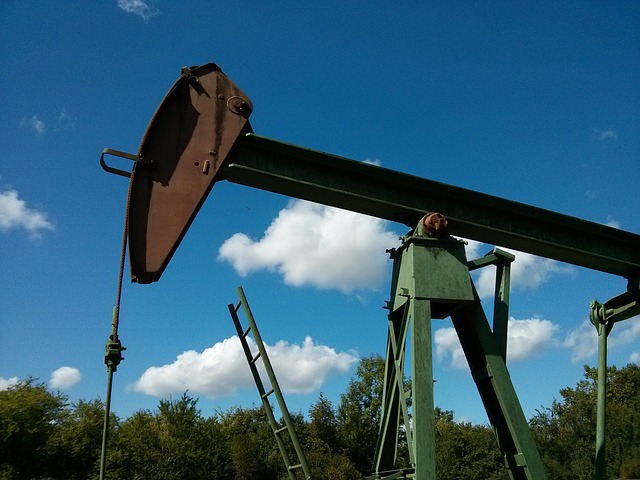
WTI price drifts higher to near $70.95 in Wednesday’s early Asian session.
Trump threatened Russia with oil tariffs if Moscow tried to block efforts to end the war in Ukraine.
Crude oil stockpiles in the US climbed by 6.037 million barrels last week, according to the API.
West Texas Intermediate (WTI), the US crude oil benchmark, is trading around $70.95 during the early Asian session on Tuesday. The WTI price edges higher amid supply worries after US President Donald Trump threatened Russia with oil tariffs. However, the upside for the black gold might be limited as traders braced for reciprocal tariffs that Trump is set to announce on Wednesday.
Trump said on Sunday that he was "pissed off" at Russian President Vladimir Putin and would impose secondary tariffs of 25% to 50% on buyers of Russian oil if he feels Moscow is blocking his efforts to end the war in Ukraine. Trump also threatened Iran over the weekend with bombing and secondary tariffs if Tehran did not come to an agreement with Washington over its nuclear program. The rising geopolitical risks could disrupt global supply, which could lift the WTI price.
On the other hand, the WTI price would remain under pressure due to Trump’s auto and reciprocal tariffs. Trump said that he will impose “reciprocal tariffs” on Wednesday, suggesting that many countries with their own duties on US goods could suddenly face new trade barriers. The White House provided no details about the size and scope of tariffs that it confirmed Trump will impose later in the day.
The American Petroleum Institute (API) weekly report showed crude oil stockpiles in the United States for the week ending March 28 rose by 6.037 million barrels, compared to a decrease of 4.6 million barrels in the previous week. So far this year, crude oil inventories have climbed nearly 23 million barrels, according to Oil price calculations of API data.
Oil traders will monitor the OPEC+ ministerial committee meeting on Saturday to review policy. According to Reuters sources, OPEC+ plans to increase output by 135,000 barrels per day in May. OPEC+ agreed to a similar increase in output for April.
* The content presented above, whether from a third party or not, is considered as general advice only. This article should not be construed as containing investment advice, investment recommendations, an offer of or solicitation for any transactions in financial instruments.


